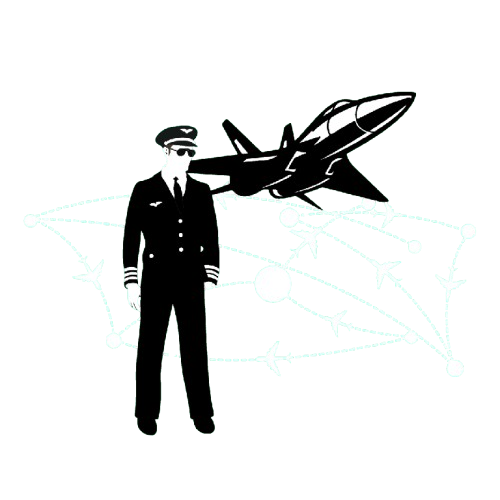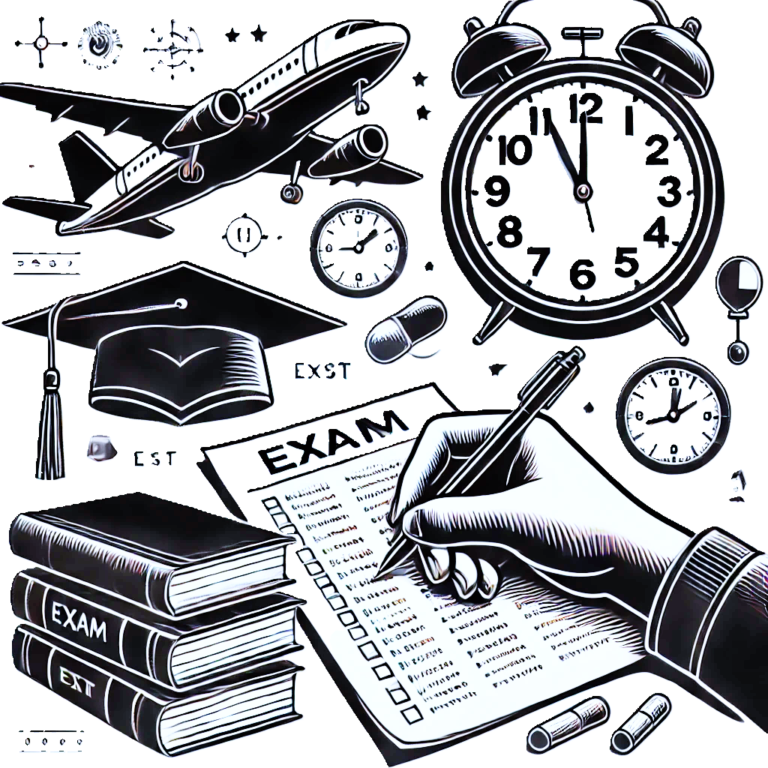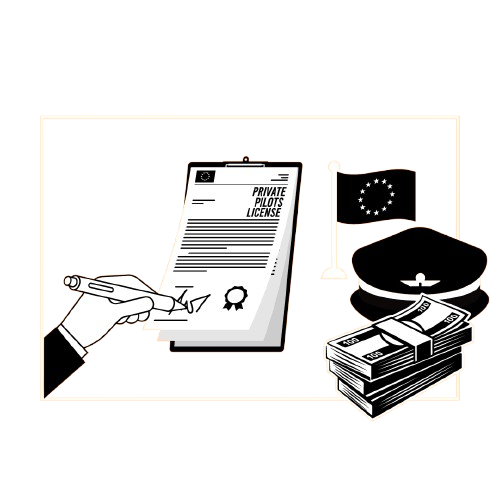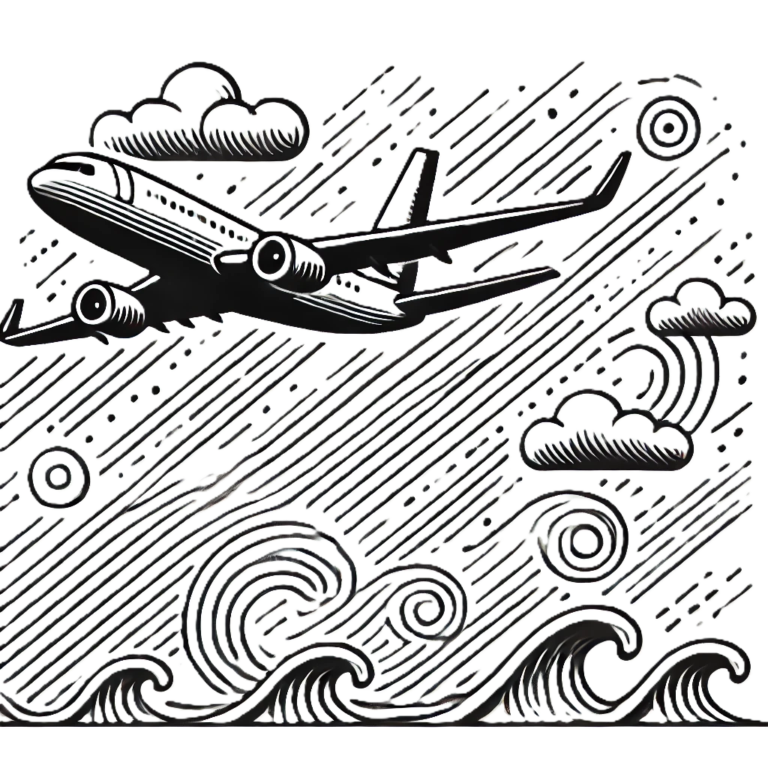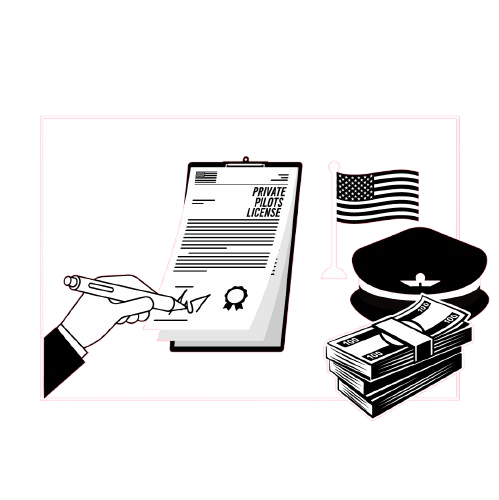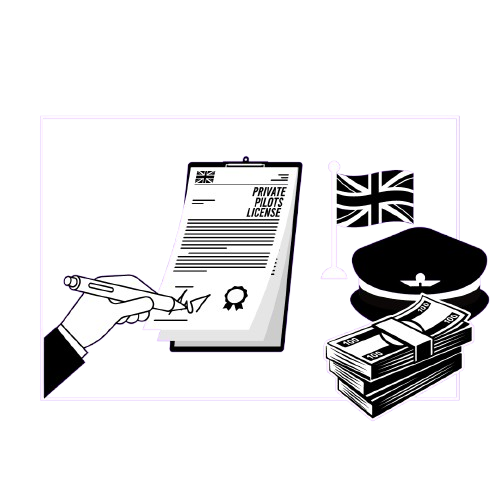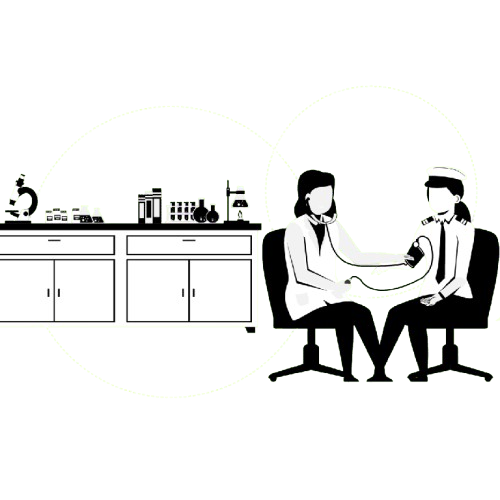How Do Pilots Get Their Call Signs?
How Do Pilots Get Their Callsigns?
Military Pilots often have a unique and memorable call sign or nickname, which they use to identify themselves over the radio while flying.
Indeed, even commercial airlines use unique call signs to identify themselves whilst flying, but these are generic to the airline and not the individual pilot.
These call signs can range from serious and professional to humorous and playful, depending on the pilot and their organisation’s culture.
They are designed to be used during radio communications, primarily in the air force. Still, they are also used by their fellow pilots and fellow fighter pilots within the operational squadron and the rest of the military.
So, How Do Pilots Get Their Call Signs?
When answering the question about ‘how do pilots get their callsigns’ we have to look at how the tradition dates back to the historic days of aviation.
Milliary call signs have existed for many generations, and have been used in many wars, including World War I & II and still exist today.
There are several ways that pilots can acquire their call signs. Sometimes, a pilot may be given a call sign by their superior commanding officers, colleagues, or even the general public. These call signs are often based on the pilot.
For example, a pilot known for exceptional skill or bravery may be given a call sign reflecting their reputation. This could be something like “Maverick” or “Iceman,” which were the call signs of the main characters in the film Top Gun, a famous pop culture reference.
In other cases, a pilot may choose their call sign. This is more common among military pilots, who may select their call sign as a rite of passage or establish their identity within their unit. Some pilots choose call signs that reflect their interests or hobbies, while others choose something meaningful for them for personal reasons.
Other Ways Pilots Get Their Military Call Signs?
Some certain conventions and traditions are followed when assigning or choosing call signs.
For example, it is common for military pilots to be given a call sign based on their last name, such as “Raptor”, for someone with the last name of Rapton.
Similarly, a pilot known for their aggressive or competitive nature might be given a call sign like “Jaws” or “Mongoose.”
Regardless of how a pilot acquires their call sign, it is an essential part of their identity and is often used to establish camaraderie and build morale within a unit.
In many cases, a pilot’s call sign becomes almost as well-known as their real name and is used by their colleagues and superiors to address them on the radio and in person. Some think these call signs were once used to confuse the enemy.
Aircraft Call Signs
In addition to reflecting a pilot’s characteristics or interests, call signs can also convey important information about the mission or the aircraft being flown.
For example, a pilot flying a large transport aircraft might be given the call sign “Heavy,” while a pilot flying a fighter jet might be given the call sign “Eagle” or “Hornet.”
This is also true for commercial aviation.
A commercial airliner pilot must use the term “heavy” in their communication with air traffic control (ATC) when the aircraft’s maximum takeoff weight is more than 300,000lbs.

